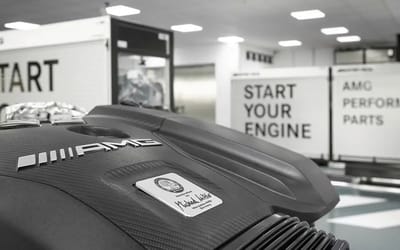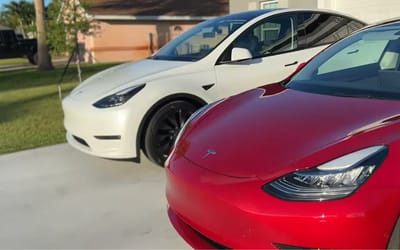Elon Musk reveals what first Neuralink implanted in human will be able to do
- The first Neuralink ‘Telepathy’ chip has been implanted
- It marks a significant milestone in neurotechnology
- But what will it actually do?
Published on Jan 30, 2024 at 9:27 PM (UTC+4)
by Amelia Jean Hershman-Jones
Last updated on Jan 31, 2024 at 5:47 PM (UTC+4)
Edited by
Adam Gray
With a Neuralink brain implant embedded in a human for the first time, Elon Musk has revealed what it’s able to do.
The breakthrough technology, named ‘Telepathy’, per Musk on X, enables individuals to control electronic devices such as phones and computers simply by thinking.
It marks a significant milestone in neurotechnology.
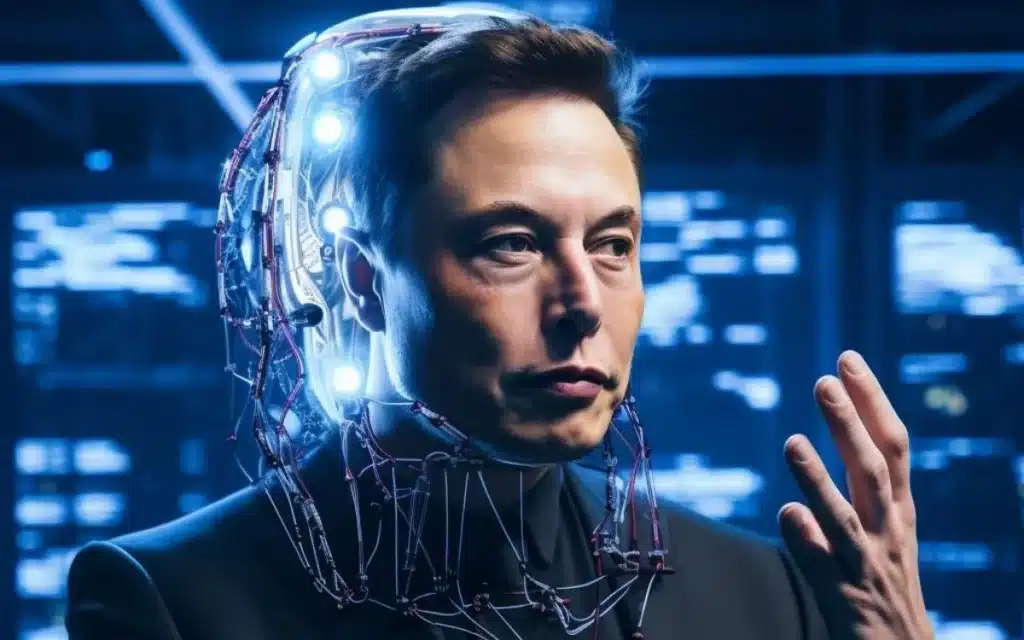
READ MORE! The 7 most expensive things Elon Musk owns are mind-blowing
While critics fear it could create real-life cyborgs, the initial focus of the tech is to aid those living with disabilities.
In particular, those who have lost limb function.
It’s hoped that it has the potential to significantly enhance communication abilities and interaction with technology.
“(Telepathy) enables control of your phone or computer, and through them almost any device, just by thinking,” Musk announced today on X.
“Initial users will be those who have lost the use of their limbs.
“Imagine if Stephen Hawking could communicate faster than a speed typist or auctioneer. That is the goal.”
A video via Neuralink expands the explanation further: “Imagine the joy of connecting with your loved ones, browsing the web or even playing games using only your thoughts,” it begins.
“This is made possible by placing a small, cosmetically invisible implant in a part of your brain that plans movement.“
It continues: “The device is designed to interpret your neural activity so you can operate a computer or smartphone by simply thinking about moving.
“No physical movement or wires are required.
“By participating in the Prime study, you’d be helping to redefine the boundaries of human capability.”
In practical terms, however, this technology has the potential to change our lives in the future.
Last year, the US Food and Drug Administration (FDA) gave the company clearance to conduct tests on humans after successfully implanting chips in monkeys.
One example Musk has cited on more than occasion during various interviews is people who have lost their sight.
With Neuralink, these chips can send signals to the brain, which then turn those signals into vision.
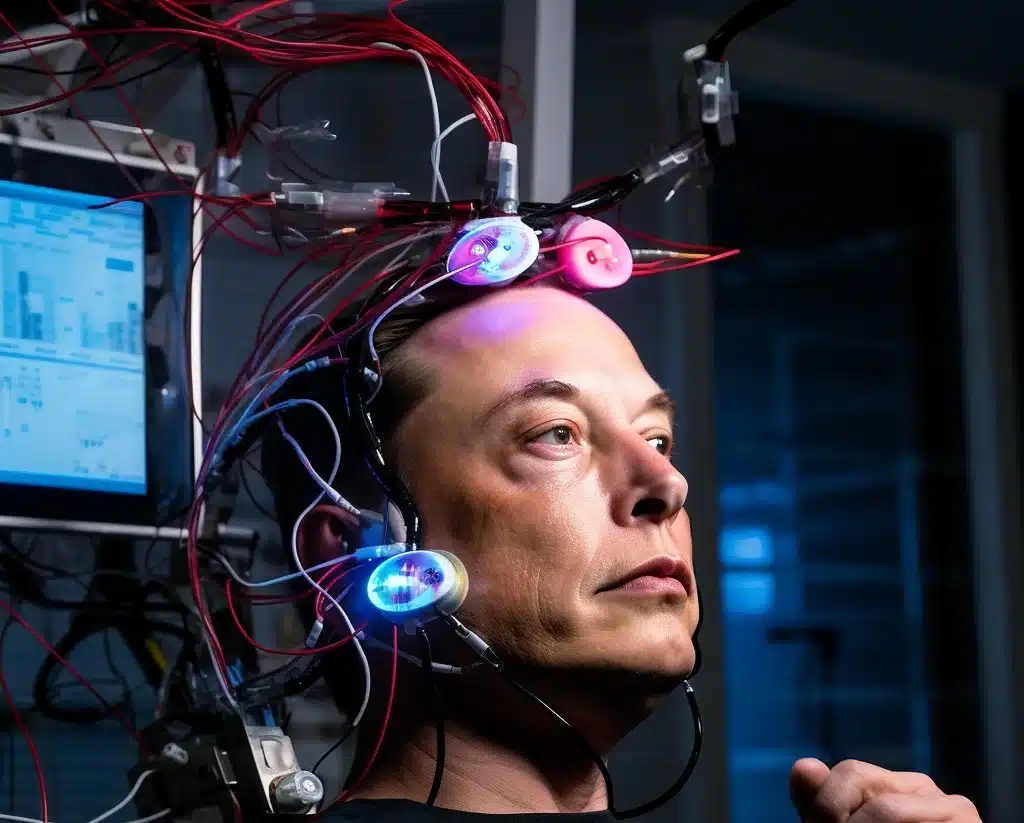
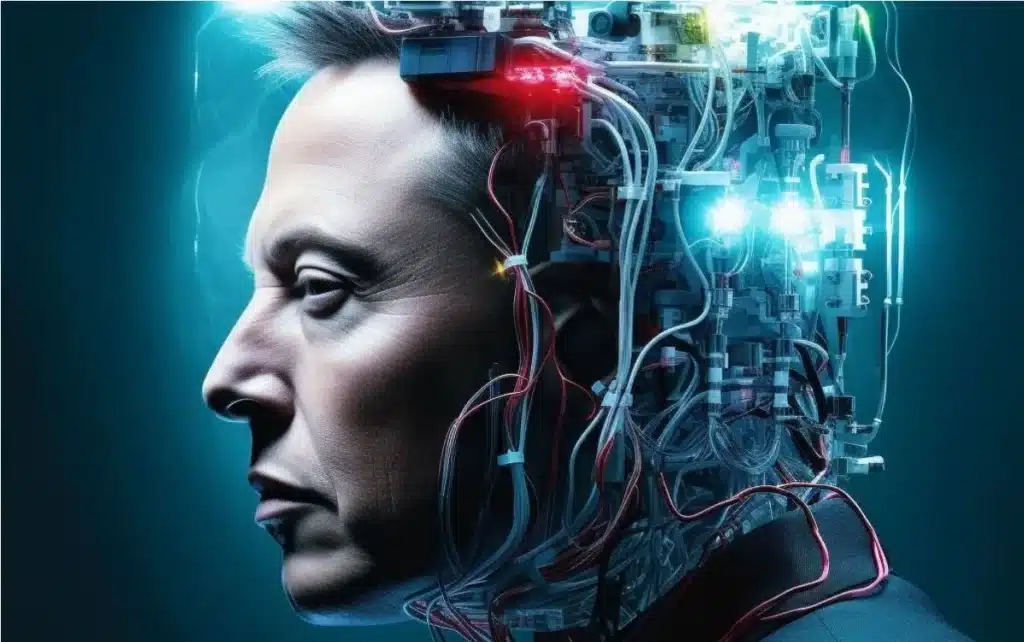
This is not going to happen tomorrow, or possibly in the next 10 years – but that’s the idea.
Neuralink chips are designed to detect neuron spikes and help them operate when they can’t do so on their own.
There was a long initial search for a volunteer.
This technology is still in its infancy stage, and Neuralink’s value reflects that.
Neuralink is valued at ‘just’ $5 billion – making it Musk’s least valuable company.
DISCOVER SBX CARS: The global premium car auction platform powered by Supercar Blondie

All Supercar Blondie contributors undergo editorial review and fact-checking to ensure accuracy and authority in automotive journalism. After gaining her BA Hons in French and English at the University of Nottingham, Amelia embarked on a vocational diploma from the National Council for the Training of Journalists (NCTJ). This led to numerous opportunities, from interning at Vogue to being on the small team that launched Women’s Health magazine in the UK, which was named the PPA Consumer magazine of the year for three years running. As Health, Beauty and Fitness editor, Amelia personally received a Johnson & Johnson Award and was shortlisted for both PPA and BSME titles. Since then, Amelia has created content for numerous titles and brands, including the Telegraph, 111 Skin, Waitrose, Red magazine, Stylist, and Elle, as well as being Head of Content at Vitality and Editor in Chief at INLondon magazine. “My superpower is translating technical jargon about the mechanical workings of a supercar into a relatable story you’ll want to share with your friends after you’ve read it.” After joining the SB Media family as a senior journalist in September of 2023, Amelia’s role has evolved to see her heading up the SEO output of the editorial team. From researching the most ‘Google-able’ key terms to producing evergreen content - it’s been a time of hard work, growth, and success for the editorial team and the Supercar Blondie website. “I like to think of myself as a ‘method journalist’. In other words: I live and breathe whatever I am writing about. When writing about fitness, I trained as a personal trainer, and as a beauty editor, I completed an ‘expert’ in scent diploma with the Fragrance Foundation. “During my tenure at Supercar Blondie, however, I did something I never thought possible: I passed my driving test at the age of 36. One day I’d love to train as a mechanic to better understand what happens under the hood, too. “My sweet spot is providing readers with a ‘takeaway’ (read: something new they didn’t know before) after reading every one of my stories. While I don’t claim to be an expert in the automotive world, I know the experts and bodies in the field to rely on to provide our readers with an informative and thought-provoking story every time they visit the site.”



